10 electric vehicle myths busted
A lot of confusion surrounds the running and operation of an electric car. Here, we try to clear that up.

The age of the electric car is very much upon us. However, with cutting-edge tech packed into each vehicle, it can be tricky to understand how they work and what the benefits of owning one are.
Here, we try and debunk some of the key myths surrounding electric cars.
1. You can’t boil the kettle while charging an electric car
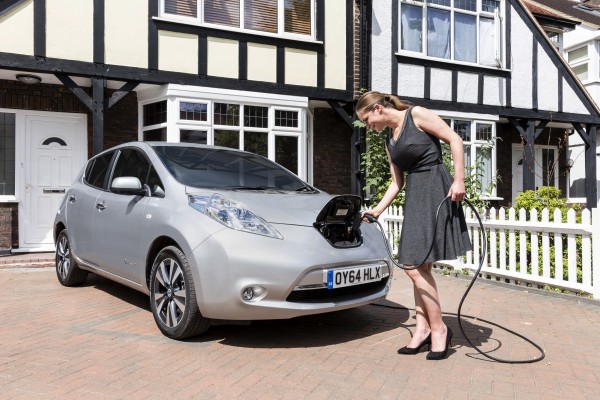
While this is theoretically true, EV owners with a low capacity home network wouldn’t have a high capacity charger, meaning that there’s little chance of the network being overloaded.
2. EVs are more expensive than petrol and diesel cars
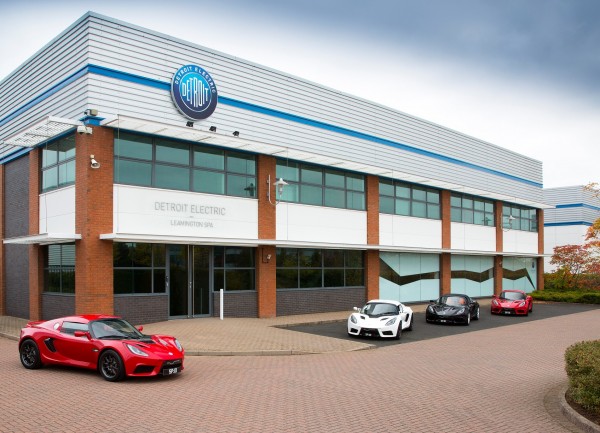
What’s more, as EV technology becomes more prevalent, R&D costs will be more evenly spread across manufacturer fleets, so the cost of EVs will come down – the new Nissan Leaf starts at £1,500 less than the old one.
3. They’re more likely to catch fire in a crash
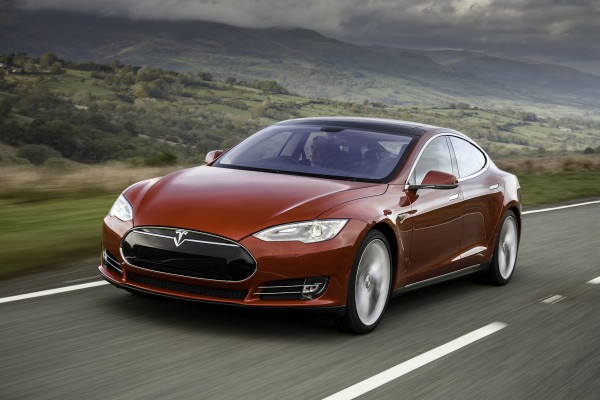
The EV maker upgraded its underbody battery pack protection in 2014 but also noted that the odds of fires in its cars were “five times lower than those of an average gasoline car”.
4. You can’t drive them in car washes or when it’s raining
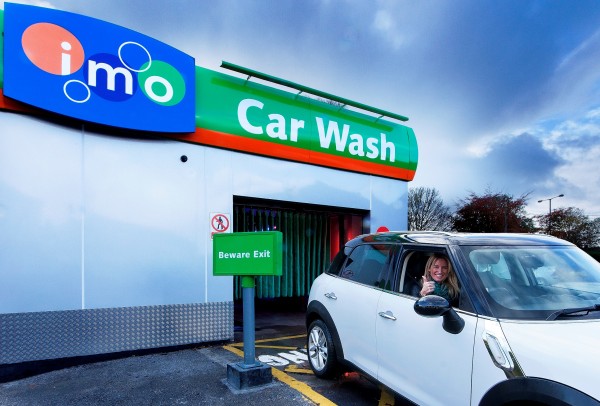
And if you couldn’t even wash your car there would be a lot more dirty EVs on the road than there are!
5. You can’t go very far
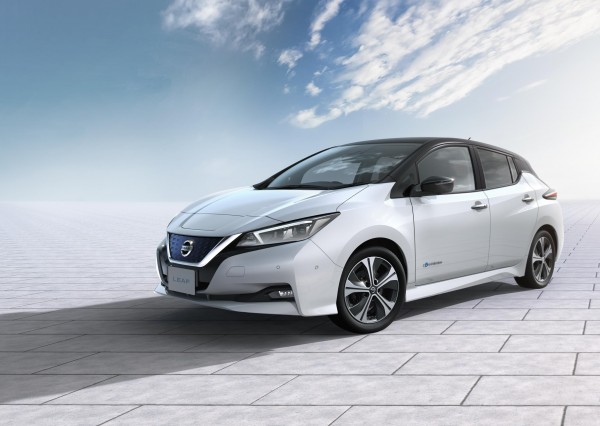
With the average journey less than nine miles, that’s more than enough for most trips.
6. There’s nowhere to charge them
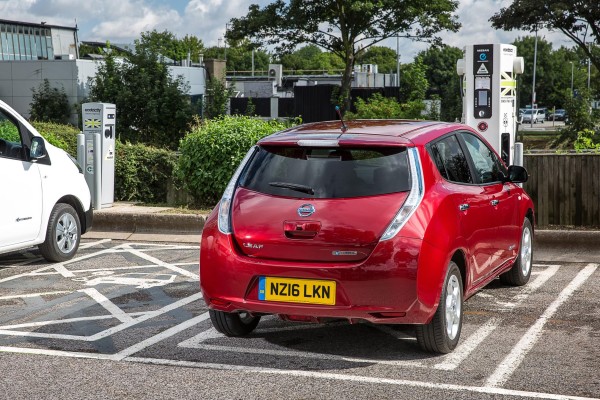
And charging doesn’t take as long as you might think, either. Rapid chargers can provide 80 per cent of charge in about 30 minutes.
7. The batteries don’t last very long
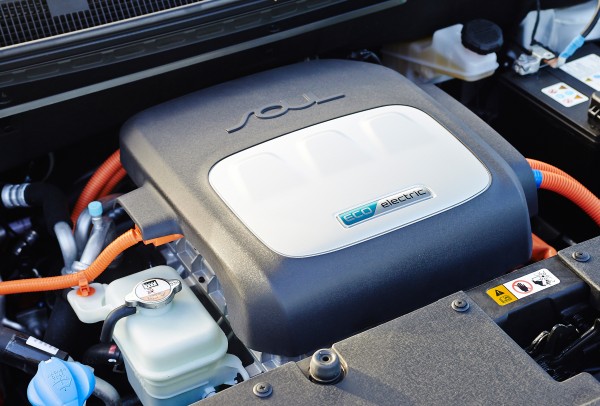
8. EVs are less environmentally friendly across their life cycle
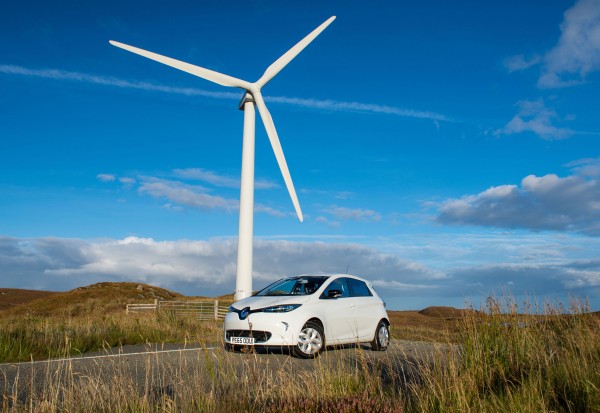
9. Battery disposal poses a huge environmental issue
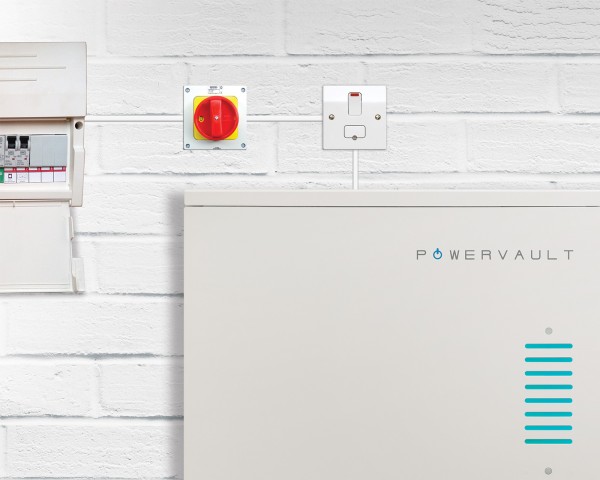
10. They’re boring to drive
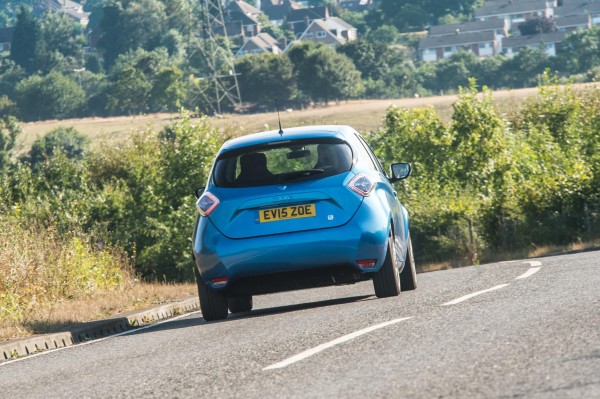
Tesla takes this to extremes with its Model S, which can go from 0-60mph in less than three seconds – that puts it on a par with the new McLaren Senna supercar, with its petrol-powered twin-turbo V8.





